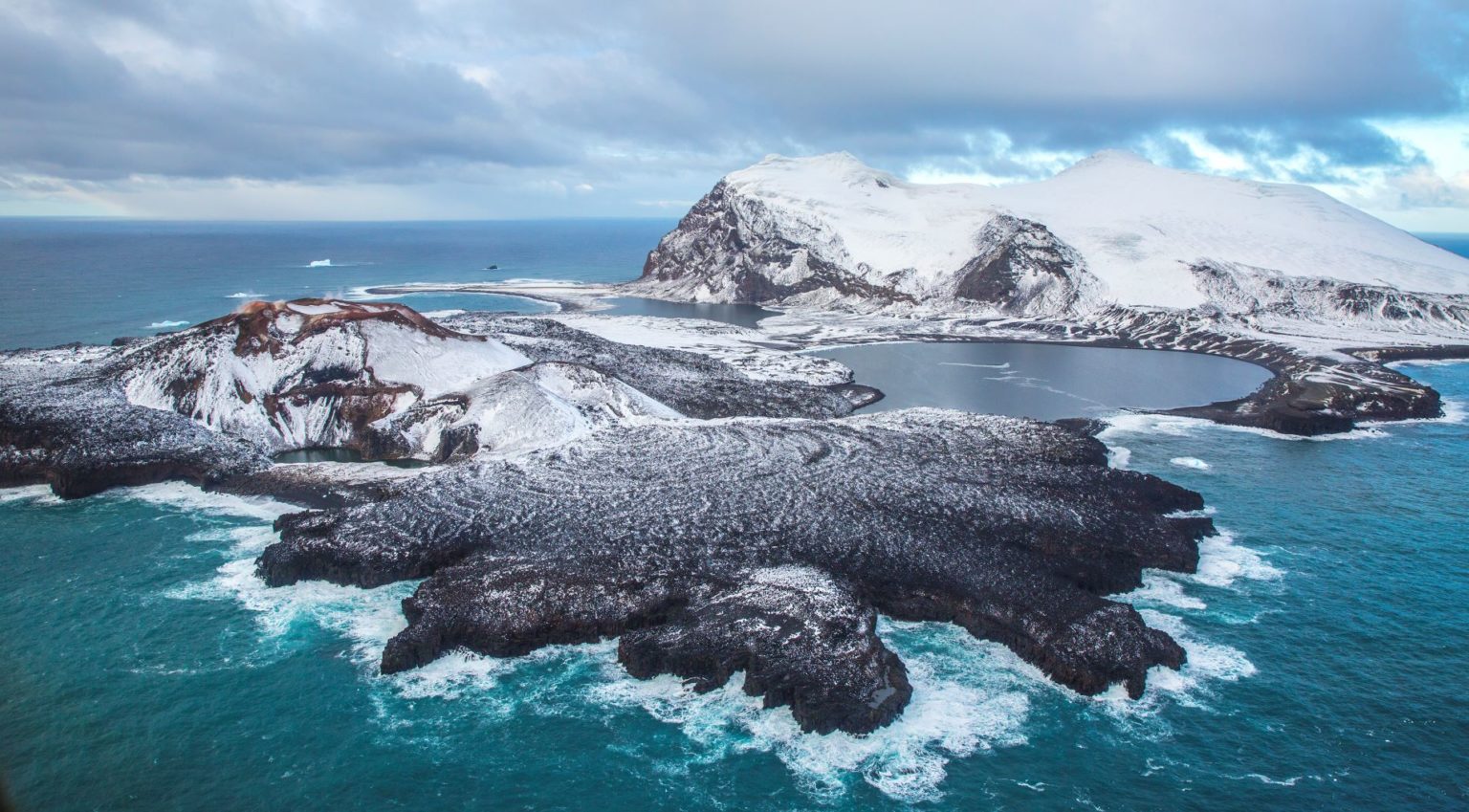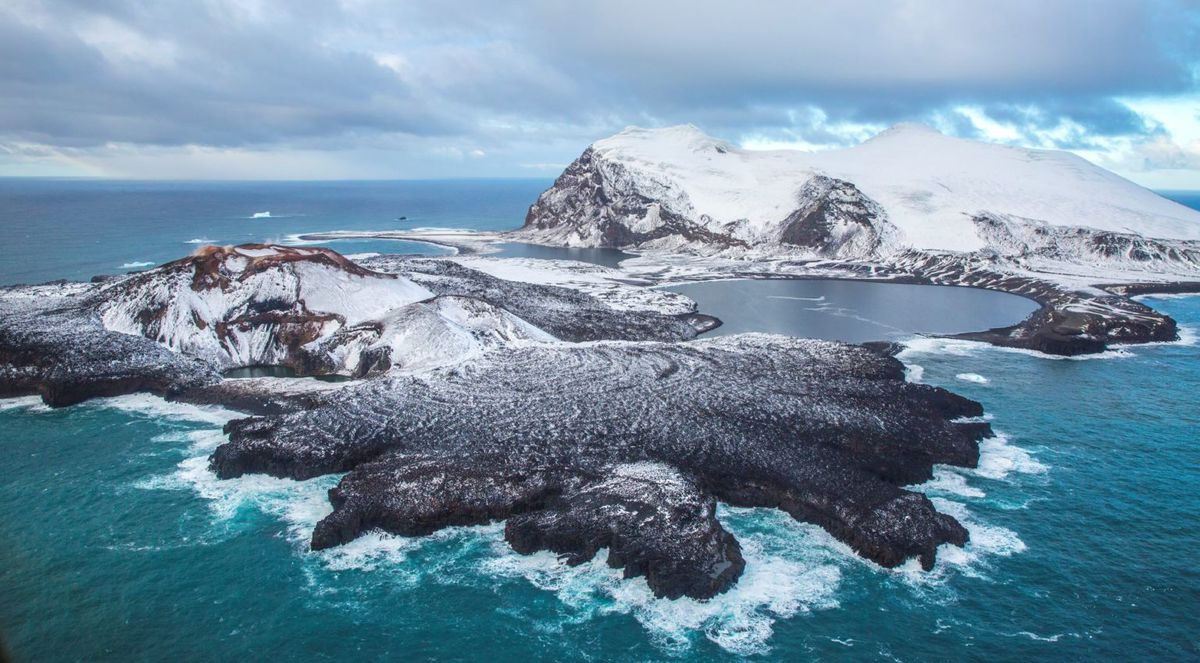
Earth’s core — a sphere of almost pure iron more than 5,000 kilometers deep and hotter than the Sun — has slowed and may be spinning in the opposite direction to the planet’s surface, according to a study published today in Nature Geoscience. This standstill can have global effects, such as shortening the days by a few fractions of a second and affecting the climate and sea levels.
The two authors of the article are Yi Yang and Xiaodong Song from the Institute of Theoretical and Applied Geophysics at Peking University in China. Both have been trying to solve a topical mystery since it was confirmed a few decades ago that Earth contains one planet inside another.
The smallest would be the inner core: a solid sphere about 1,200 kilometers in diameter, spinning freely in a sea of molten iron and other metals known as the outer core. The free rotation of this gigantic sphere is like a dynamo that creates the Earth’s magnetic field, which protects it from cosmic radiation and allows life on its surface. Around this core extends the mantle with a thickness of almost 3,000 kilometers and finally the outer crust with an average thickness of only 40 kilometers.
Getting to the center of the earth is an impossible challenge. In the late 1970s, Soviet scientists began digging a well on the Kola Peninsula in northern Russia. After years of work, they reached a depth of 12 kilometers, the maximum dug into the bowels of the planet. It seems impossible to go much further without the walls of the hole collapsing under the pressure.
The usual way to understand what is happening in deeper areas is by analyzing earthquakes. The fluctuations of the seismic waves as they pass through the planet reveal the internal composition of the core and its rotational speed.
days that are getting shorter
In 1996, Xiadong Song, then based in the US, was one of the authors of a groundbreaking study that analyzed seismic signals and showed that the Earth’s core is rotating faster than the crust. In 2005, this scientist confirmed these observations, explaining that the core rotates around the planet about once every 900 years than the rest. This lack of synchrony is partly due to tides and the Moon’s progressive removal from the crust slow down, meaning that days are not exactly 24 hours long – 1,400 million years ago a day was less than 19 hours. Parallel to this phenomenon, the days have been shortening by a few fractions of a second for several years without anyone knowing why.
Now, Song has analyzed nearly 200 earthquakes in the South Sandwich Islands, a remote Atlantic archipelago near the South Pole, between the 1960s and the present. These tremors came in pairs and produced identical waves. But when they were caught at stations in Alaska near the North Pole, their waves slipped slightly out of step as they rotated faster than the crust as they passed through the core.
Analysis of these tremors using computer models reconstructing the entire Earth shows that the Earth’s core slowed down in 2009 and has been rotating slightly slower than the crust since then. This observation has an unusual implication. “As seen from space, the core rotates at almost the same speed as the rest of the planet. But seen from the surface, where the seismic stations are located, the core is now rotating in the opposite direction; to the west,” explains Song EL PAÍS.
Scientists have also noted that there was a similar break as early as the mid-1970s. “We conclude that there is an oscillatory cycle that lasts about seven decades,” explains Song. “This suggests that there is a resonance that connects all layers of the earth that occurs at this cadence,” he elaborates.
This phenomenon can have global implications. “In recent years, the days are getting shorter, which may also be due to the earth’s core,” he explains. The core anomaly makes a day one-thousandth of a second shorter today than it was in 1970, he says. “The rotation of the inner core in the outer also changes the inner gravitational field and causes deformations at the surface, which in turn can affect sea levels. These changes could also affect the global temperature of the planet,” the geologist suggests.
In early 2022, John Vidale and Wei Wang of the University of Southern California analyzed tremors caused by pairs of atomic bombs detonated by the Soviet Union between 1971 and 1974. The results indicated that during this time the Earth’s inner core had stopped and started rotating in the opposite direction with respect to the crust, a result similar to the current study. “The new study is very good, but it’s still difficult to confirm whether what it suggests is true,” Vidale warns. The problem is that the number of valid earthquakes for these analyzes is limited. In addition, these jobs require a lot of computing time with powerful computers to fully simulate the earth. “It’s possible that in five or ten years, with more data and better simulations, we can know if the Earth’s core follows these cycles as it appears,” adds the American scientist.
Puy Ayarza, director of the Department of Geology at the University of Salamanca, believes the new work is “novel and provocative”. What was observed by the Chinese geologists “fits well with contrasting facts such as that the Earth’s magnetic field has been changing very rapidly in recent decades and its dipole character is becoming weaker.” [con polos norte y sur]“. “This dipole character comes from the differential rotation of the inner core within the outer, so it could be true that it rotates more slowly. It seems that the movement of the inner core is not as smooth as we thought. The work is a step forward and provides a lot of data. We’ll see if their conclusions are true,” he adds.
you can follow OBJECT on Facebook, Twitter and Instagram, or sign up here to receive our weekly newsletter.

